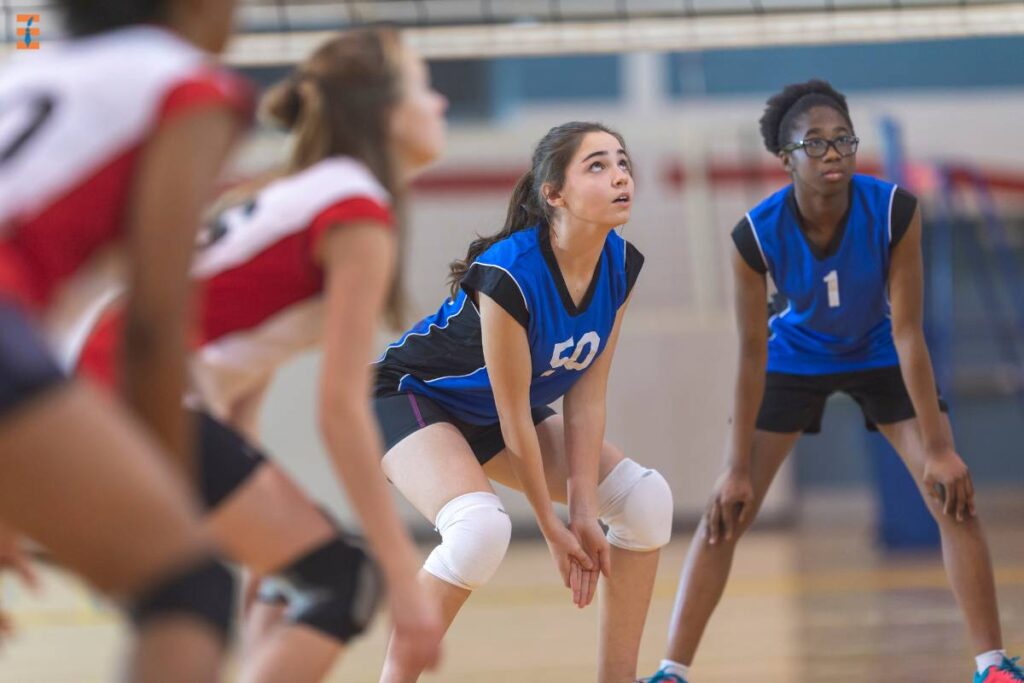In the modern sports ecosystem, success extends beyond the scoreboard. It lies in nurturing talent, fostering equitable opportunities, and building sustainable careers for athletes. Athlete Development Funds (ADFs) have emerged as a vital mechanism to achieve these goals, enabling investments in training, healthcare, education, and post-career planning for athletes. In an industry driven by intense competition, ADFs not only empower athletes but also drive broader economic and social benefits, making them a cornerstone of the sports industry.
This article explores the transformative power of Athlete Development Funds, their structure, and their critical role in shaping the future of sports.
What Are Athlete Development Funds (ADFs)?
Athlete Development Funds are financial programs designed to support the holistic growth and well-being of athletes throughout their careers. These funds are often established by governing bodies, private organizations, or public institutions to ensure that athletes receive the resources they need to excel both on and off the field.
Key Areas Covered by ADFs:
- Talent Identification and Training: Funding for scouting, coaching, and high-performance training programs.
- Health and Wellness: Access to physiotherapy, nutritionists, mental health support, and injury prevention measures.
- Educational Support: Scholarships and programs for academic development during or after athletic careers.
- Career Transition Assistance: Post-retirement planning, job placement services, and entrepreneurial training.
- Community Development: Grassroots initiatives to identify and nurture young talent, especially in underserved regions.
Why Athlete Development Funds Are Essential
1. Bridging Socioeconomic Gaps
Many talented athletes come from underprivileged backgrounds, lacking access to the resources required to develop their potential. ADFs democratize opportunities, ensuring that financial constraints do not hinder talent.
Example: Programs like the IOC’s Olympic Solidarity Fund provide financial aid to athletes from developing countries, helping them compete on the global stage.
2. Enhancing Athlete Performance
Elite performance requires investment in cutting-edge training facilities, sports science, and personalized coaching. ADFs enable athletes to access these resources, optimizing their potential and extending their careers.
3. Promoting Athlete Welfare
Athletes face physical, mental, and emotional pressures throughout their careers. ADFs provide essential support systems, from mental health counseling to post-injury recovery programs, ensuring long-term well-being.
4. Facilitating Career Transitions
The average professional sports career is short, often ending by the mid-30s. Without adequate planning, many athletes face financial instability or lack direction post-retirement. ADFs bridge this gap by funding education, mentorship, and second-career opportunities.
Example: The National Basketball Players Association (NBPA) offers post-career education and training programs funded through player development initiatives.
5. Boosting National and Global Economies
Investing in athletes has a ripple effect on the economy. Successful athletes drive tourism, increase brand sponsorships, and inspire grassroots participation, which fuels the sports industry and related sectors.
How ADFs Are Structured
1. Private Sector Funding
Corporate sponsorships and brand partnerships often contribute to ADFs. Companies align their social responsibility goals with sports development, benefiting from increased brand equity while supporting athletes.
Example: Nike’s collaboration with grassroots programs to fund young athletes’ training and education.
2. Public Sector Support
Government bodies allocate budgets to sports federations or independent funds, recognizing the societal and economic impact of sports.
Example: Australia’s “Sport Australia” initiative invests millions annually into athlete development, strengthening the nation’s global sports reputation.
3. Mixed Models
Many ADFs operate on hybrid models, combining public funding with private sector contributions and crowdfunding initiatives.
Example: Team GB’s Olympic efforts are funded through a mix of National Lottery funding and corporate partnerships.
Case Studies: The Impact of Athlete Development Funds
1. UK Sport and Team GB
Through its National Lottery-funded Athlete Development Program, UK Sport has transformed Britain into a global sporting powerhouse. Investments in training facilities, coaching, and performance support systems contributed to Team GB’s record-breaking medal haul at the Rio 2016 and Tokyo 2020 Olympics.
2. The NBA Africa Initiative
Launched in 2019, the NBA Africa initiative combines league revenue with private-sector investments to develop basketball talent across Africa. Beyond nurturing athletes, the program focuses on education and community development, creating a pipeline for global talent.
3. India’s Target Olympic Podium Scheme (TOPS)
Recognizing the need for elite athlete funding, India’s government launched TOPS, providing financial and technical assistance to Olympic hopefuls. The scheme has directly contributed to the country’s improved performance in international competitions.
Challenges Facing Athlete Development Funds
1. Unequal Distribution
Funding disparities exist between popular and less-commercialized sports, leaving many athletes underfunded.
2. Sustainability
Maintaining consistent funding can be challenging, especially during economic downturns or shifts in political priorities.
3. Transparency and Governance
Mismanagement or lack of oversight in fund allocation can undermine trust and effectiveness.
The Future of Athlete Development Funds
The evolving landscape of sports demands innovative approaches to athlete funding:
- Tech Integration: Blockchain can improve transparency in fund allocation, ensuring that resources reach intended beneficiaries.
- Data-Driven Strategies: Analytics can identify emerging talent and allocate resources more effectively.
- Global Collaboration: Partnerships between nations and organizations can pool resources to support athletes in underserved regions.
- Sustainability Focus: ADFs can prioritize green practices, such as funding eco-friendly training facilities.
Conclusion: Investing in the Future of Sports
Athlete Development Funds are more than financial tools; they are investments in the very fabric of modern sports. By empowering athletes, these funds fuel the industry’s growth, inspire communities, and uphold the values of excellence and equity.
In a world where talent is universal but opportunities are not, Athlete Development Funds are the great equalizer. For organizations, governments, and private investors, committing to these funds is not just a responsibility — it is the path to shaping the future of sports for generations to come.



